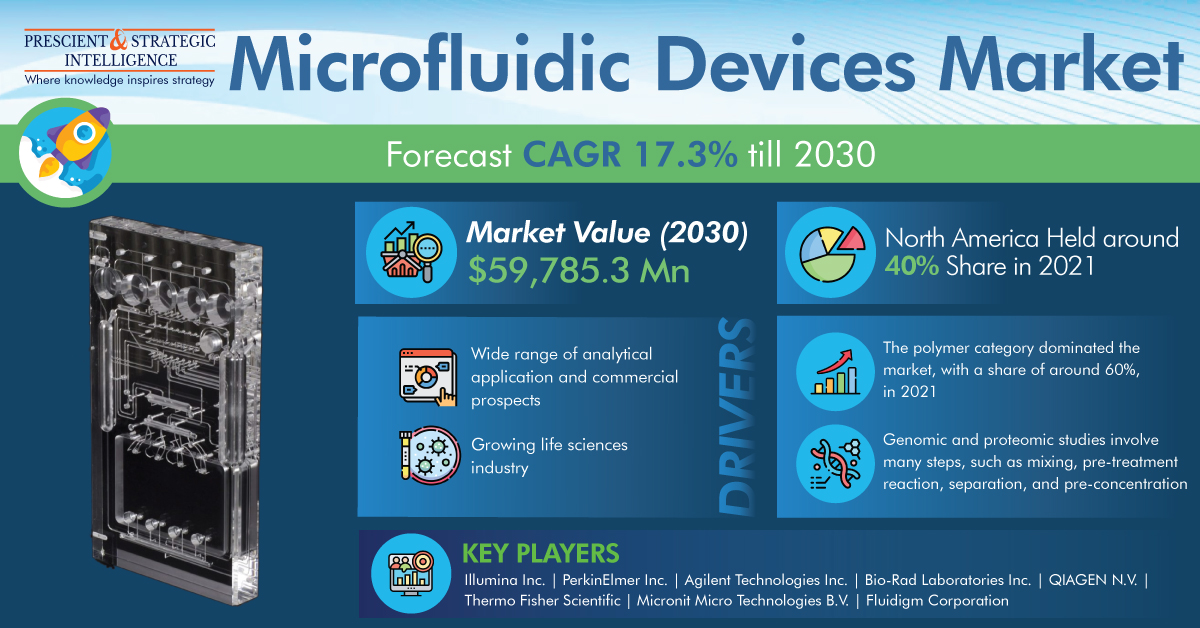The total value of the transdermal drug delivery systems market was USD 4.2 billion in 2023. It is expected to grow at a CAGR of 4.7%, reaching USD 5.8 billion by 2030. This market is primarily driven by the increasing prevalence of chronic illnesses, as traditional drug delivery systems are less effective due to hepatic first-pass metabolism. This process results in oral drugs being mostly broken down in the liver before they can reach their target tissues, reducing their efficacy.
Globally, more than one billion people smoke cigarettes, and despite international and national efforts to monitor, educate, and restrict supply, smoking rates remain high. This drives the demand for transdermal nicotine patches, which have been shown to be 50–60% more effective than placebos in helping individuals quit smoking over a year.
The iontophoresis technology segment leads the market, as it enhances skin penetration and accelerates the release rate of drugs with poor absorption or infusion. The pain management segment is also a major market driver, due to the increasing prevalence of chronic pain from conditions such as amputations, arthritis, and nervous system disorders. An estimated 20% of the global adult population suffers from chronic pain, which significantly impacts productivity and causes emotional and psychological distress. Consequently, transdermal analgesia is gaining popularity.
North America dominates the transdermal drug delivery systems market, driven by patent expirations that allow more companies to enter the market with generic alternatives. Additionally, the relaunch of previously failed drugs for subcutaneous delivery and substantial R&D investments contribute to the region’s significant market share. In Europe, the market is supported by favorable insurance policies and awareness campaigns by government institutions. The region’s advanced healthcare infrastructure and strong public health focus, along with numerous medical device and R&D institutes, facilitate the rapid adoption of innovative healthcare technologies.
The global demand for transdermal drug delivery systems is rising due to the increasing incidence of chronic illnesses, a trend that is expected to continue in the coming years.

